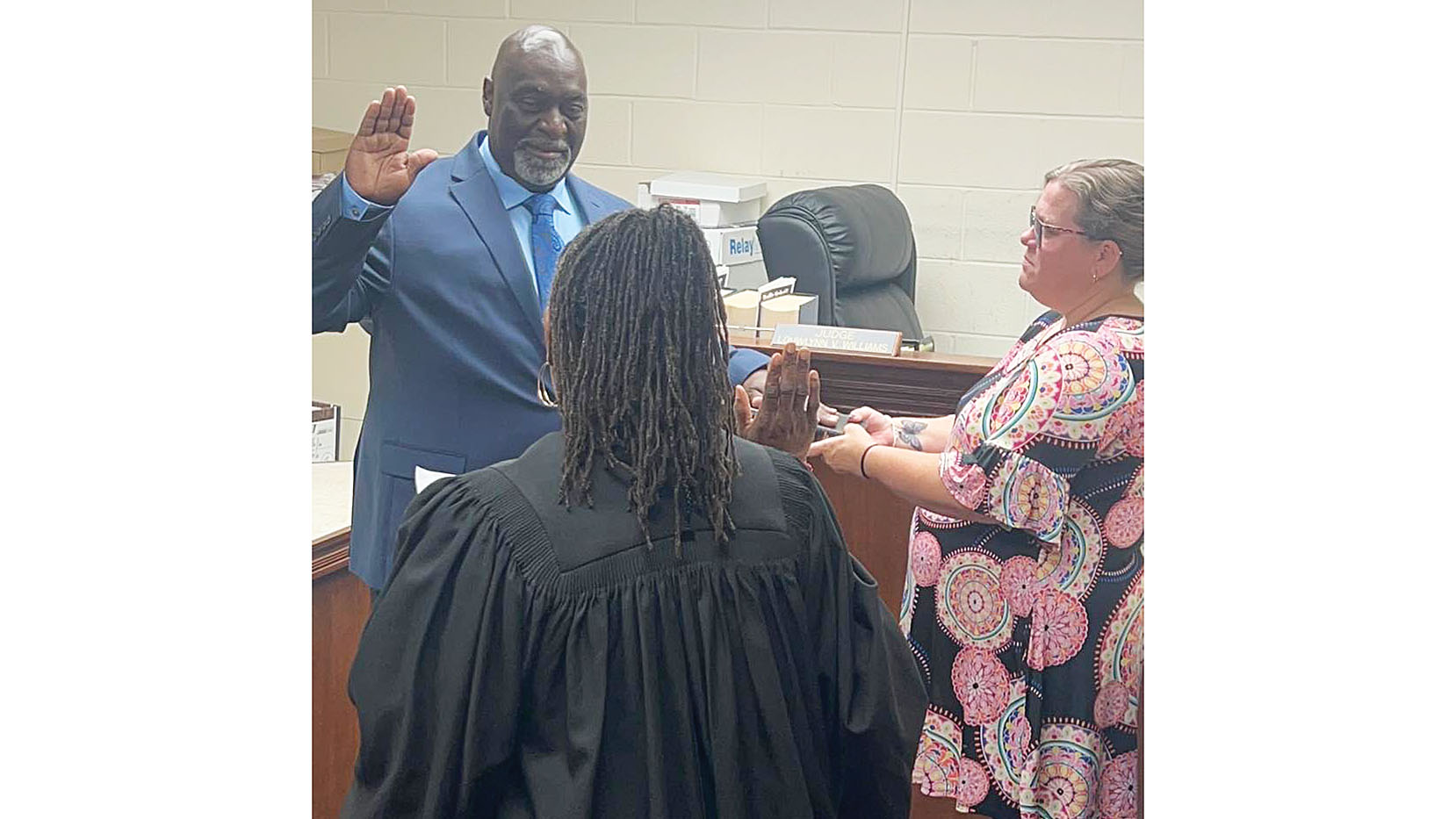Decades of community science helped waterfowl research
Published 1:24 pm Monday, June 24, 2024

- Waterfowl hunter (Courtesy Photo | MDWFP)
Editors note: this story is a follow up to an article about a research project on duck distributions. Read more about the findings here.
JACKSON — A recent project found the northern pintail, mallard and blue-winged teal winter ranges did in fact shift. Community science efforts over a span of 60 plus years helped the project come to fruition.
Bram Verheijen, a scientist at the University of Missouri, was one of the co-authors of the research project. Scientists from the US Geological Survey, Ducks Unlimited and the US Fish and Wildlife Service worked together on the project to analyze hundreds of thousands of data points.
Six decades of hunters and band reported data from harvested birds helped collect the data for the project. Mallard band reports over the 60 year span was 325,512, blue-winged teal was 13,786 and northern pintail band reports were 15,674. The three duck species were chosen due to them being the most commonly banded and hunted waterfowl species in North America.
“Community science in general and band reporting specifically provided us with a unique dataset of a duration and scope that simply can’t be accomplished by individual research groups,” Verheijen said. “Waterfowl surveys provide lots of location data, but are also expensive and time extensive, making it difficult to collect data frequently and at appropriate time scales. Band recovery data therefore complements these other important data sources, and using a combination of data sources to tackle certain research questions makes our scientific findings more robust.”
Verheijen explained the use of GPS to collect data for such a big project was not realistic. GPS units are expensive and transmitter data may not be able to describe any long term changes in waterfowl distributions the way band reporting could.
Modern GPS tracking technology did not become available until the last 10 to 15 years, Verheijen explained. Thus, the historical data did not exist the way band reporting did.
The research project was not new. He explained the project expanded upon previous work conducted by Adam Green and David Krementz. Verheijen added they drew inspiration from the Mississippi Flyway Game Bird Technical Section as well.
The project was able to add on 16 years of extra data, test for differences in species, sub-populations, month of recovery and accounting for changes in hunting seasons regulations over time. There are more questions to answer and follow up studies are underway.
“The current paper is a culmination of 2.5 years of work, which includes data assembly, manually delineating current and historical hunting zones, analyzing data, discussing preliminary findings with important stakeholders, writing the manuscript, and going to the peer-review process,” Verheijen said. “Rigorous science often takes a substantial amount of time. We are currently in the middle of a follow-up study where we link shifts in band recovery distributions to patterns in several climate and land use covariates, such as changes in minimum temperature, the number of frost days, and agricultural land use (among others) over time.”
In a paper published in the Journal of Wildlife Management, the group estimated changes in band recoveries for 15 different species of dabbling and diving ducks. Verheijen said the group showed there is a “large variation among species in when, in what direction and by how far recovery distributions have shifted.”
He explained the group was not planning to expand their work to geese but one of their colleagues had worked on a project looking at changes in the white-fronted goose distribution. Callie Moore published a paper on greater-white fronted geese distribution shifts in the Journal of Wildlife Management. Verheijen said the University of Delaware in collaboration with Ducks Unlimited and other partners plan to work on a similar study looking at the Pacific and Atlantic flyways.
Again, the project could not have been possible without community science and the waterfowl hunters who reported band data. Verheijen said the collective effort is what made the project special and allowed it to have “one of the most extensive and valuable wildlife databases on the planet.” The work is not over yet.
“We are very excited about the next steps in the project, linking observed shifts in band recovery
distributions to several climate and land use variables,” Verheijen said. “Shifts in duck distributions have been linked to changes in climate before, but never has the relative importance of the effects of climate versus land use variables on changes in distributions determined by comparing these variables directly in a comparative framework.”





